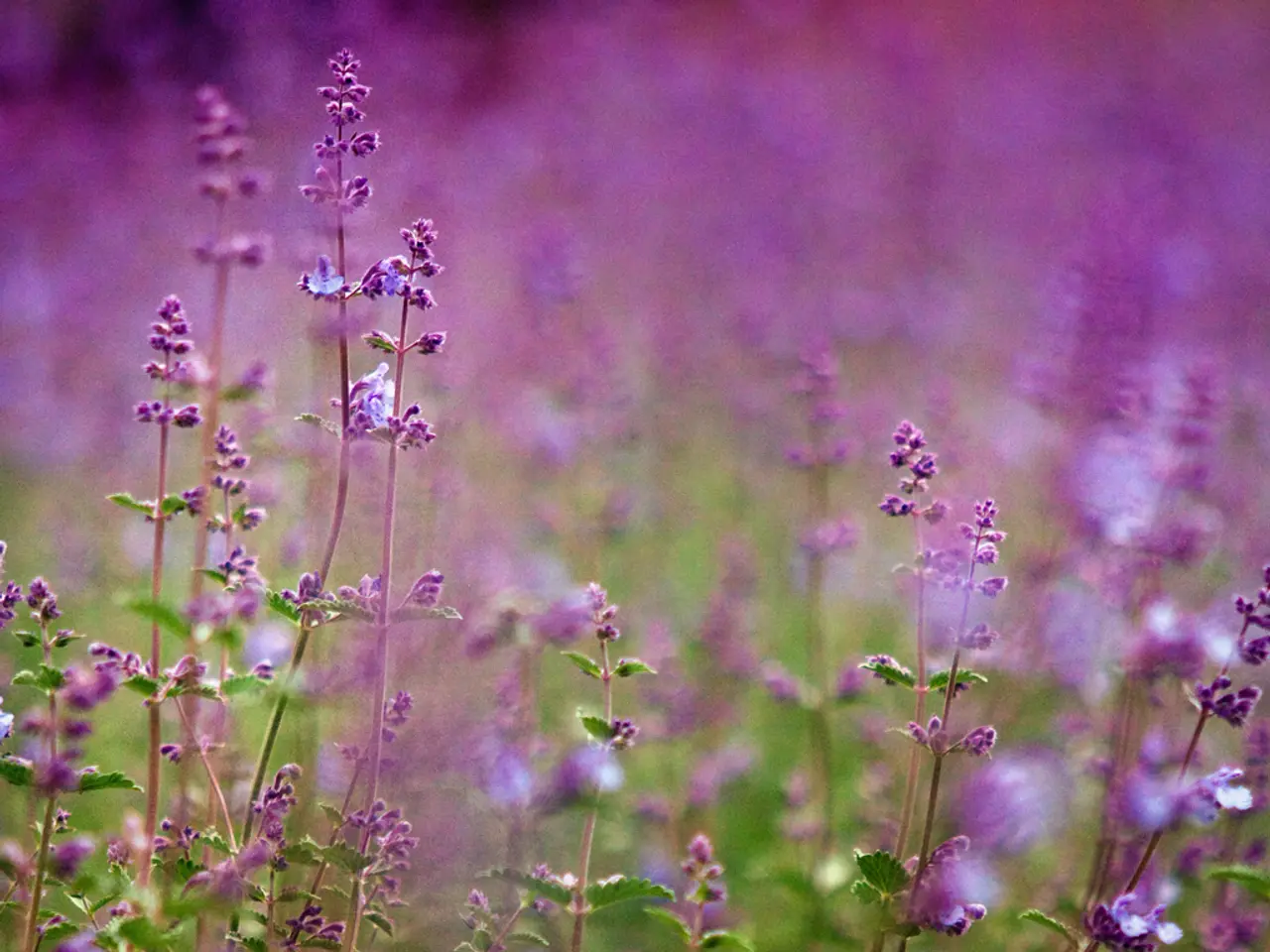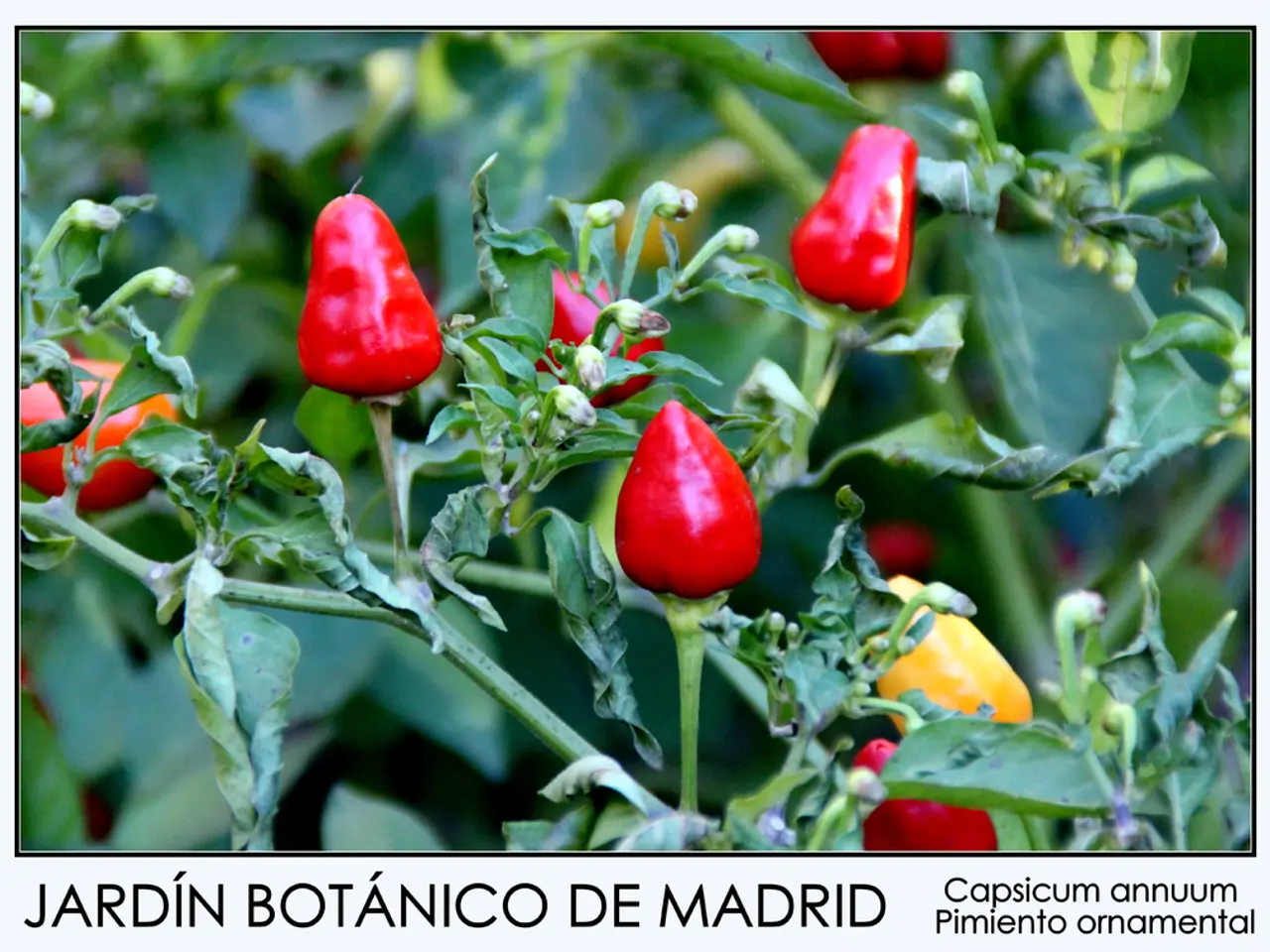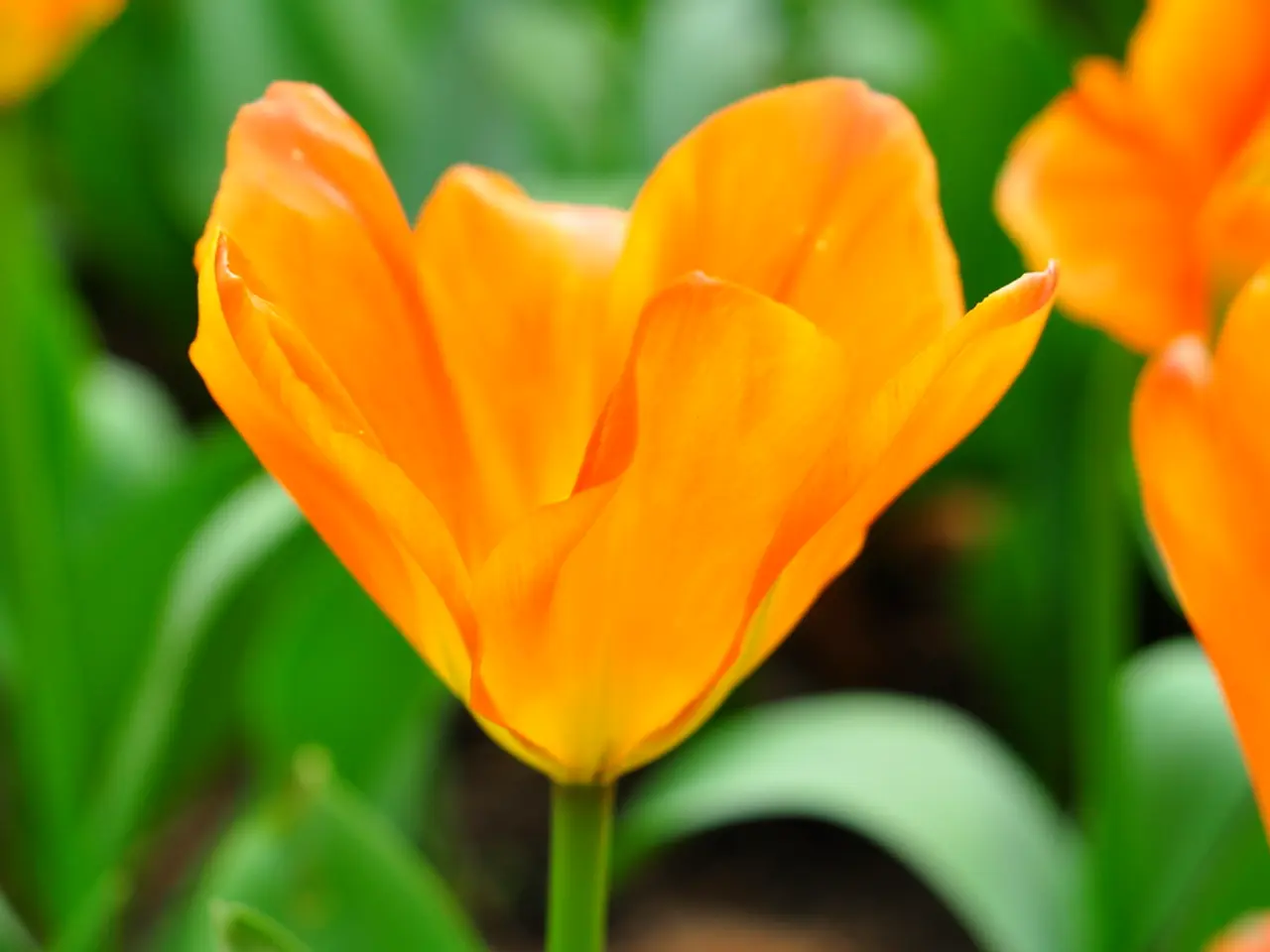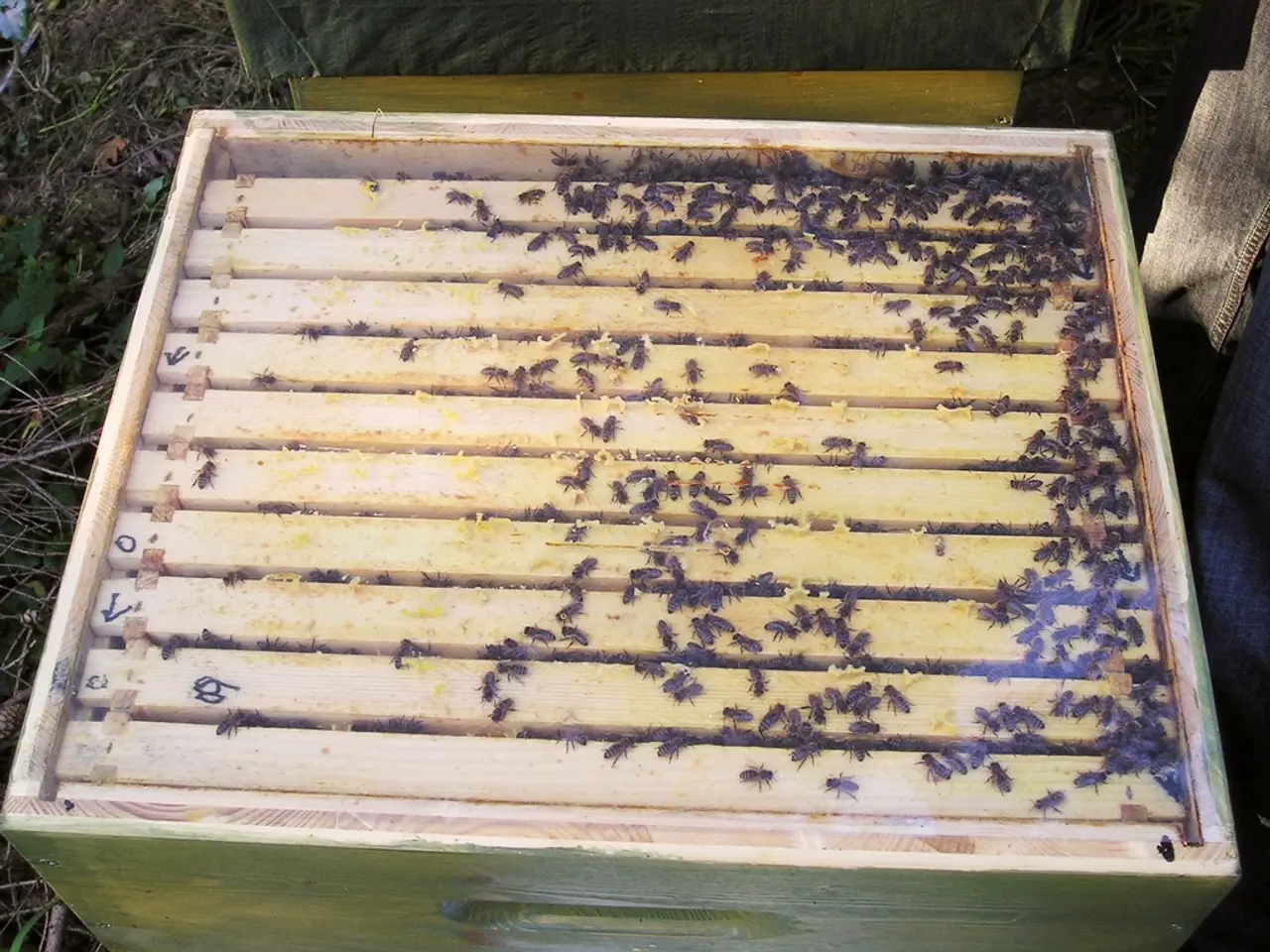Surviving the Lavender Písser's Landscape
Frequent Lavender Issues and Their Resolution Strategies
Or, your battle plan to keep your lavender plants thriving, no matter what nature or the neighborhood throws at 'em. Sit back, relax, and let us dive into the often neglected topic of common lavender problems.
Picture this:
- Your lavender fields bathed in sunlight.
- The intoxicating aroma of these delightful plants filling the air.
- And your bountiful harvest ready to be transformed into the finest oils or culinary treats.
But what happens when Mother Nature and her little friends decide to turn against you? Don't fret! We've got your back. Let's explore the world of common lavender problems and how to tackle them head-on.
What the 'F' are Lavender Problems?
In a world full of troubles, lavender miraculously faces few issues. These aromatic herbs might even help other plants by acting as a natural pest repellent. But, heaven forbid, if your lavender catches a whiff of some stress, you'll want to toss on your battle helmet. Let's introduce the most frequent invaders.
Common Lavender Problems
Alfalfa Mosaic Virus
Pfft, look at this pansy virus. Destroys the look and growth of your lovely lavender, often spread by the most common insect vector, aphids. Hygiene is key here. Keep your garden tools clean and your lavender beds spotless. Alas, there's no cure for it. Infected plants? Away with the wretched things; don't put them in the compost pile!
Root Rot
The most frequent Lavender Disease. You guessed it; this bastard is all about too much water. The culprits are Phytophthora, Fusarium, and Pythium. Lavender needs sunlight and soil with a pH of 5.8-7.0. Keep it dry, avoid overwatering, and use dirty rock as mulch.
Shab
Get ready to face this fungal disease, affectionately called Phomopsis Lavandulae. It eats the green stems and woody branches of lavender plants, starting in new growth and leading to death. Stop the spread by buying certified disease-free seedlings, avoiding infected plants, and selecting resistant varieties, such as French Lavender.
Pests
Let's talk critters:
Moles, Voles, and Gophers: These little buggers create mounds and tunnels which can damage or kill your lavender. Correctly identify them and use traps to remove them. Some gardeners swear by adopting a terrier or cat.
Fire Ants: These little orange hell-spawn nest and tunnel beneath lavender plants, sometimes moving up inside them. Use insecticidal bait or dust diatomaceous earth on their mounds for best results, though organic options are available for culinary lavender and organic operations.
Leafhoppers, Spider Mites, and Spittlebugs: ...suck. They feed on the juices of leaves, causing damage and sometimes transmission of viruses. Fight them using neem oil, insecticidal soap, horticultural oil, garlic extracts, or natural predators like predatory mites.
Whiteflies: Just tiny powdery winged insects that cause yellowing foliage and large populations can cause distorted plant tissue. Use reflective mulch to repel whiteflies, and wash off infested plants with water. Avoid broad-spectrum insecticides, which can harm beneficial insects.
Remember: An Informed Gardener Smells Sweeter
Now that you're equipped with the knowledge to annihilate common lavender problems, it's time to get out there and demand the lavender utopia you deserve. Here's to your success and a future full of fragrant blooms!
Author
Serena Manickam is a freelance editor and writer and sustainable market gardener in rural Virginia. She holds a BA in environmental science and runs Fairydiddle Farm, a small market garden in which she grows no-spray produce and herbs to sell at a local farmer's market.
See more posts
Enrichment Data:
- Prevention and Treatment Tips:
- Plant in full sun with well-draining soil (sandy or amended with organic matter for better drainage).
- Avoid overwatering; water only when soil is dry. Use raised beds or pots if soil drainage is poor.
- Space plants adequately to ensure good airflow and avoid fungal diseases.
- Regularly prune after flowering to maintain plant shape and prevent woody growth.
- Inspect roots periodically, especially if signs of rot or bad smell appear, and trim affected roots if necessary.
- Avoid planting near sprinklers, downspouts, or in waterlogged areas.
- Common Problems and Causes:
- Overwatering and Poor Drainage: Yellowing leaves, drooping stems, bad smell, and root rot (blackish roots).
- Underwatering: Drooping leaves, parched soil.
- Leggy or Woody Growth: Inadequate pruning after flowering.
- Crowded Planting / Poor Air Circulation: Overcrowding plants, reducing airflow, and increasing moisture retention, leading to fungal diseases.
- Planting in Shady or Acidic Areas: Lavender prefers full sun and neutral to slightly alkaline soil. Shady spots or acidic soil can stress plants, making them more susceptible to disease.
- Decorate your home-and-garden with organic lavender, grown in a garden with good air circulation to prevent fungal diseases.
- To maintain your lavender plants' health, prune them regularly after flowering and space them adequately to facilitate airflow, reducing the risk of common lavender problems.
- Avoid placing your lavender plants in shady areas and ensure the soil pH is between 5.8-7.0 to prevent stress which can make them more susceptible to diseases like Shab.
- Maintain a clean garden by washing infested plants with water to get rid of pests like whiteflies and using organic insecticides for a sustainable lifestyle.
- Improve soil drainage in your garden by adding organic matter or using raised beds or pots for healthy lavender plants and a successful home-and-garden lifestyle.








